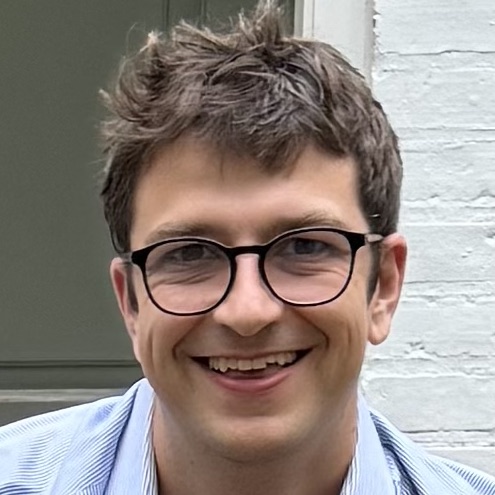AI Eye on Springfield
Covering the Illinois General Assembly
It's been said: “Laws are like sausages. It’s better not to see them being made.” Nevertheless, it falls to political journalists to keep tabs on the activities of legislatures that are churning out a stream of bills every session. Is there a way to apply large language model AI systems to help journalists keep up with the action and zero in on potential stories?
In this Knight Lab Studio project, we’ll talk to journalists covering the Illinois General Assembly to learn what they look for, and explore opportunities for using AI to help them monitor and report on lawmaking activity.
Faculty and Staff Leads
Project Details
2025 Winter
AI Eye on Springfield
Description
We'll begin with user research and getting our heads around the problems they have and the available data. We'll prototype possible tools which address the problems we’ve discovered and start to learn about how to bridge the gap between information and understanding.
Important Questions
- What do journalists care about the most when it comes to bills and legislation? What about lobbyists? The general public?
- What are the information flows in the Illinois General Assembly? What data is available for us to feed into a system?
- What information about a bill besides the text (e.g. metadata) is available, and how can that inform our analysis?
Sample Milestones
- Weeks 1-2: Conduct extensive user interviews with journalists to understand their key needs when reviewing legislation and bills. Build low-fidelity designs and receive feedback.
- Weeks 3-5: Experiment with AI analysis of legislative information and implementation of a front-end interface. Seek feedback from journalists.
- Weeks 6-7: Iterate on analysis and user interface.
- Weeks 8-10: Finalize an MVP that can be shown and used more widely.
Outcome
An understanding of the information that journalists would like to get out of the working documents of the Illinois General Assembly, and an assessment of which AI analysis methods show the most promise in surfacing that information; preliminary designs for a user interface and information processing system that makes these methods available to a wider audience, whether journalists or the general public.
Students
2025 Spring
AI Eye on Springfield
Description
This quarter we will pick up on the research and development conducted in Winter, 2025 and further explore opportunities to support journalists covering the Illinois General Assembly.
Important Questions
- What do journalists care about the most when it comes to bills and legislation? What about lobbyists? The general public?
- What are the information flows in the Illinois General Assembly? What data is available for us to feed into a system?
- What information about a bill besides the text (e.g. metadata) is available, and how can that inform our analysis?
Sample Milestones
- Weeks 1-2: Review first quarter research, prototypes, and design artifacts.
- Weeks 3-7: Experiment and iterate on design concepts. Validate with prospective users. Consider new opportunities.
- Weeks 8-10: Finalize an MVP that can be shown and used more widely.
Outcome
An understanding of the information that journalists would like to get out of the working documents of the Illinois General Assembly, and an assessment of which AI analysis methods show the most promise in surfacing that information; preliminary designs for a user interface and information processing system that makes these methods available to a wider audience, whether journalists or the general public.


